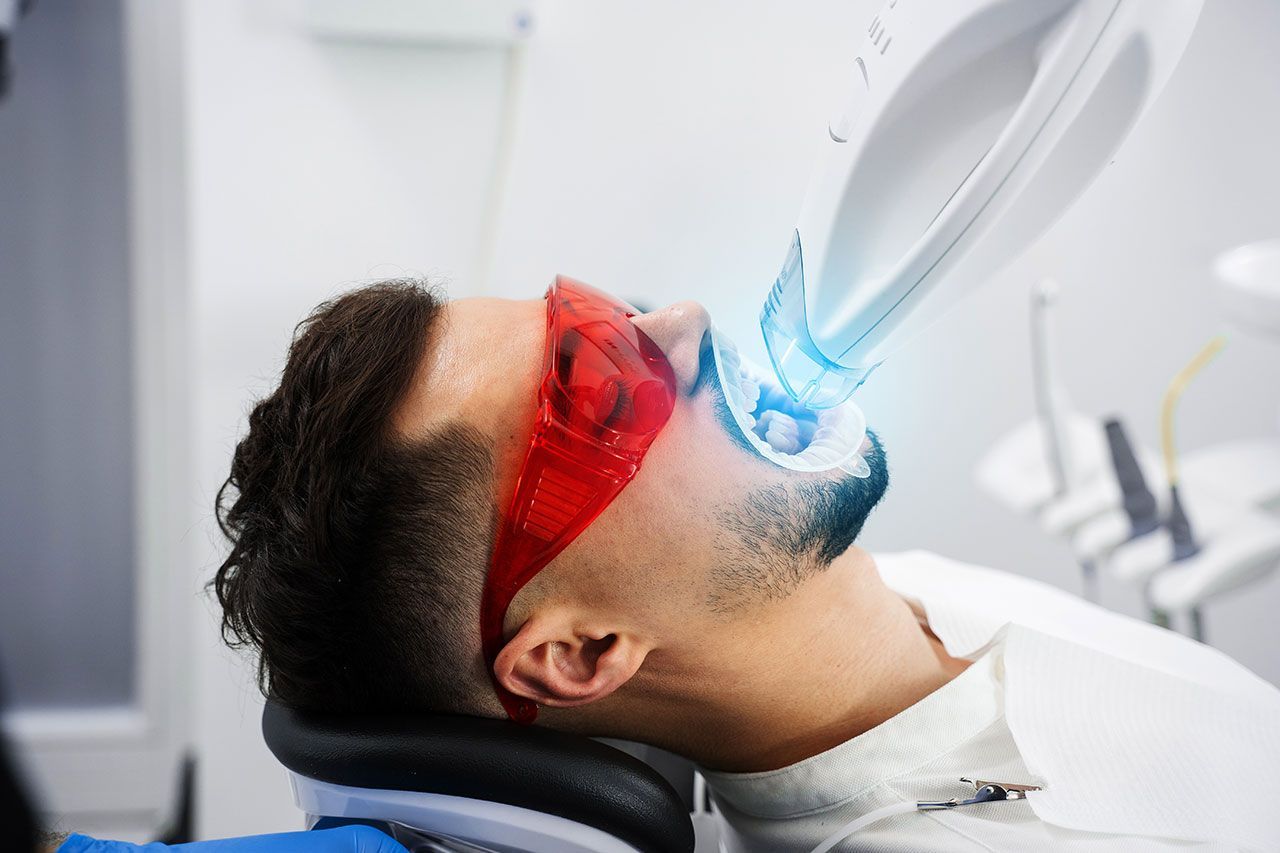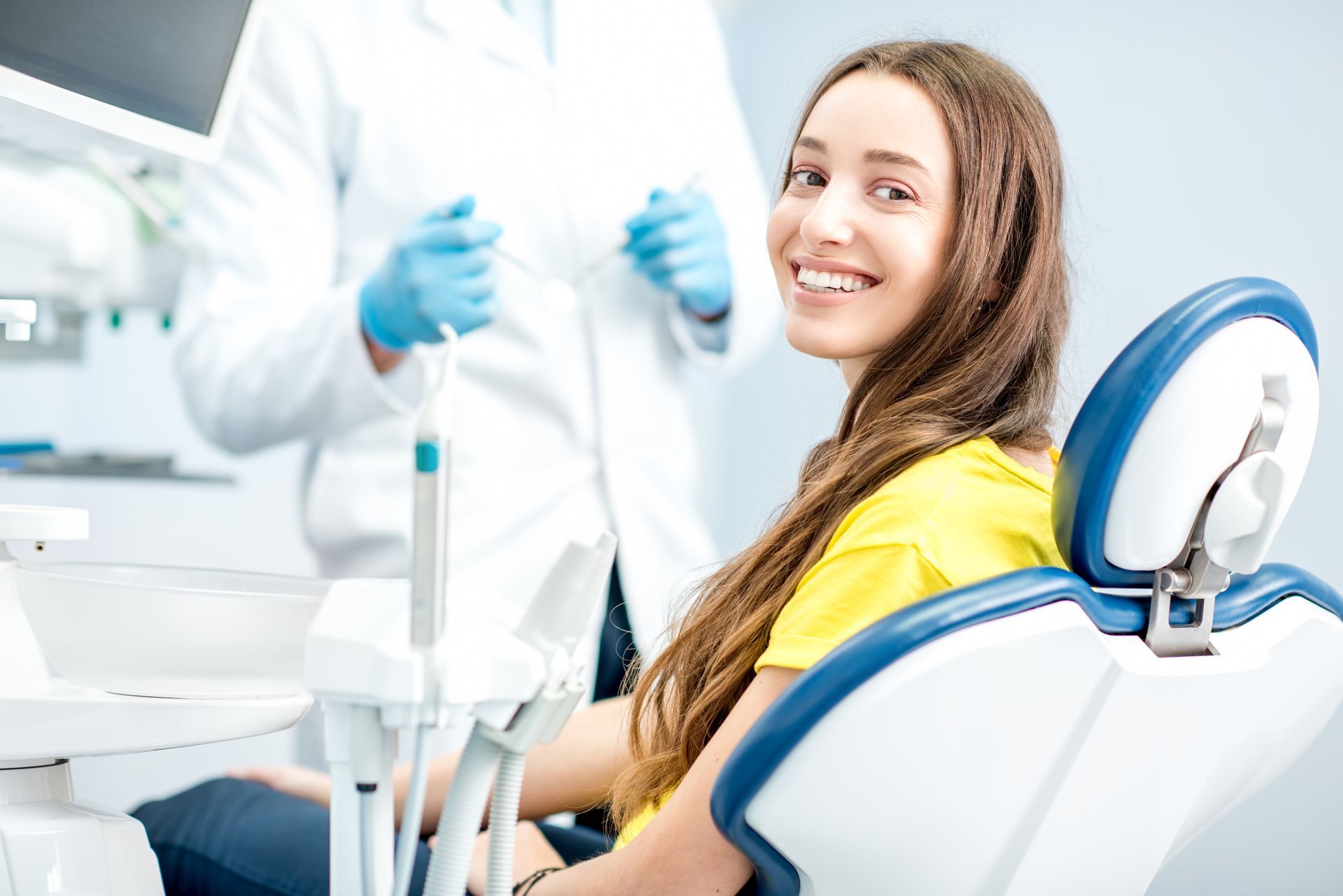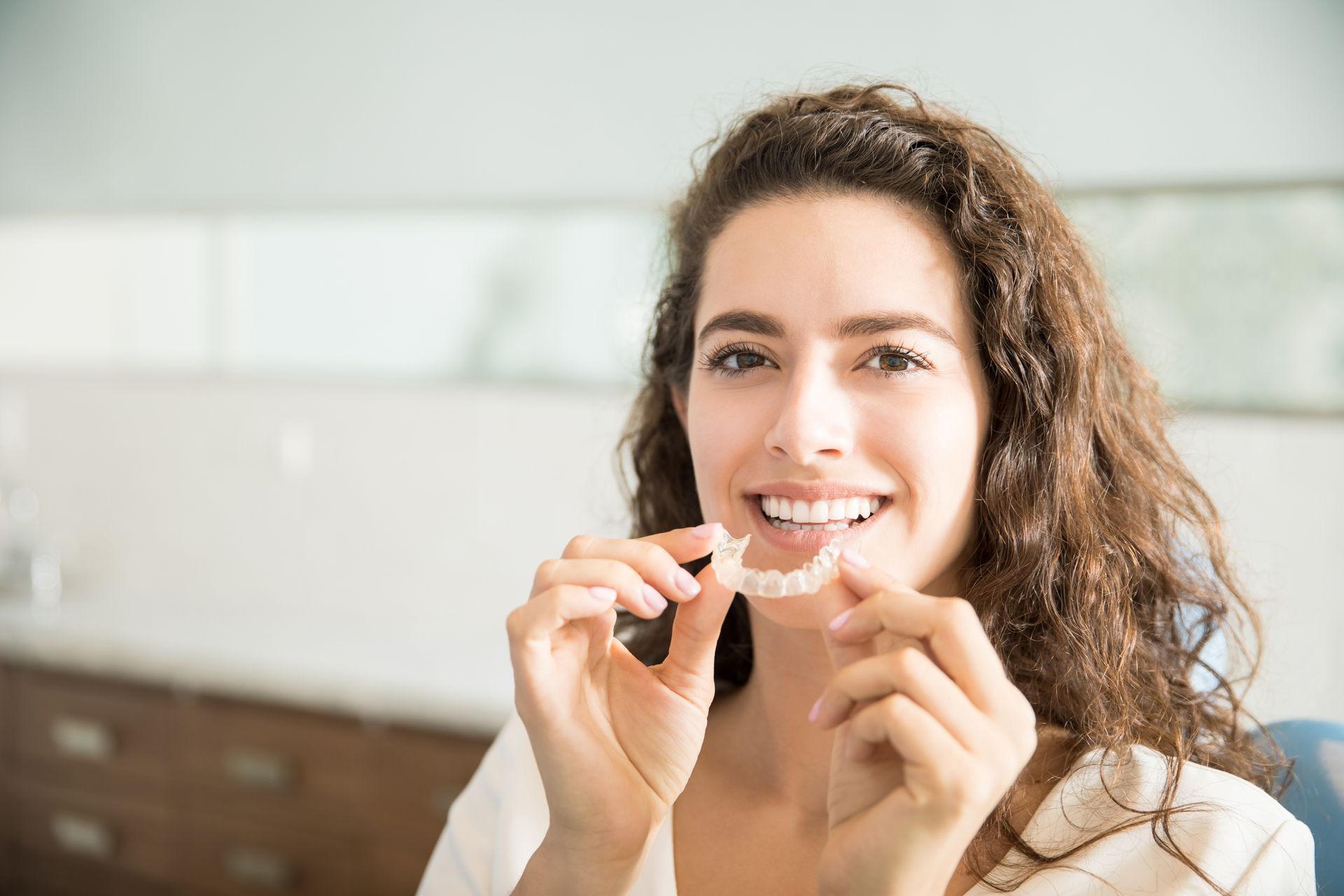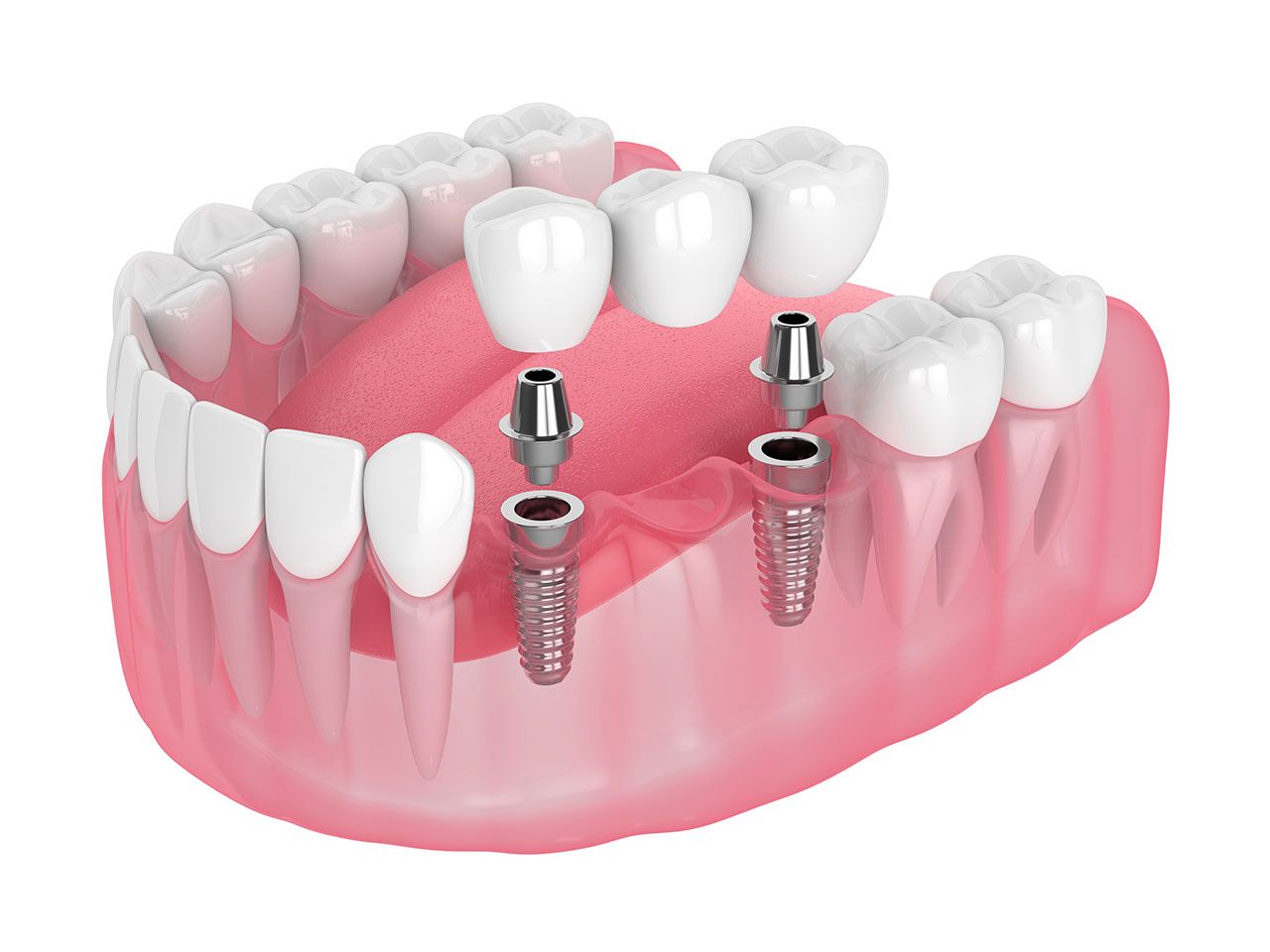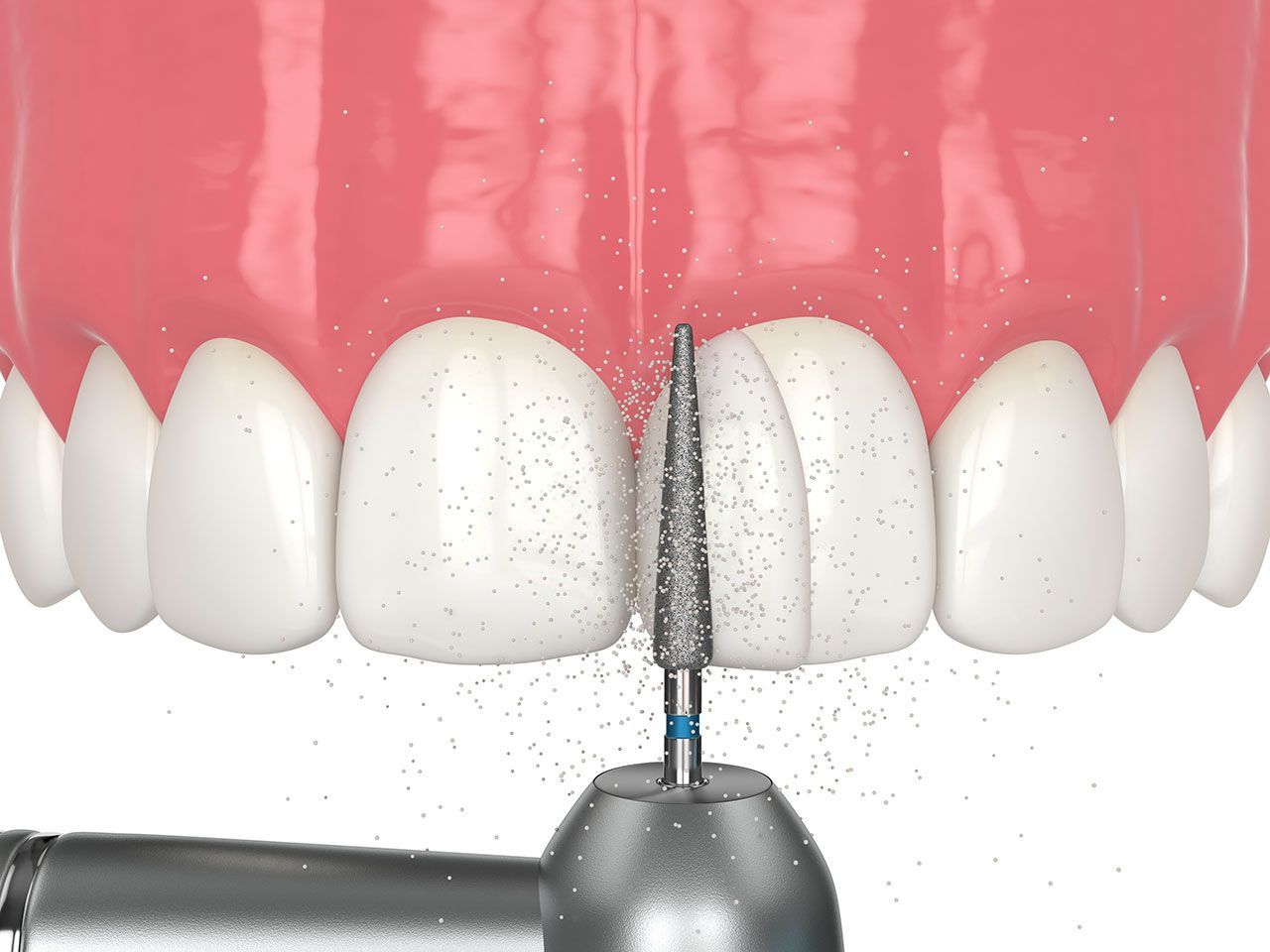Orthodontics: More Than Just a Straight Smile
Have you ever noticed how a well-aligned smile can light up a person’s face? Orthodontics goes far beyond creating straight teeth—it helps improve oral health, facial balance, and even long-term jaw function. While many think of orthodontics as something for teenagers, it’s a field of dentistry that benefits patients of all ages.
What Exactly Is Orthodontics?
Orthodontics is a specialty of dentistry that focuses on diagnosing, preventing, and correcting misaligned teeth and jaws. Treatments can involve braces, clear aligners, retainers, or other appliances designed to guide teeth and bone into healthier positions.
Orthodontic treatment can correct issues such as:
- Crowded or crooked teeth
- Overbites, underbites, and crossbites
- Excessive gaps between teeth
- Jaw misalignment that causes discomfort or difficulty chewing
Why Orthodontics Matters
Straight teeth aren’t just about looks—they’re about function. Misaligned teeth can create uneven pressure when biting, leading to worn enamel, cracked teeth, or jaw pain. Orthodontics helps distribute bite forces evenly, making chewing more efficient and reducing strain on your jaw joints.
It also contributes to better oral hygiene. Crooked teeth are harder to brush and floss, leaving plaque to hide in tight spaces. By straightening teeth, orthodontics makes daily care easier and lowers the risk of gum disease and decay.
Different Types of Orthodontic Treatments
When most people picture orthodontics, they think of braces. But the field has evolved significantly. Options now include:
- Traditional braces – Metal brackets and wires, highly effective for complex cases.
- Ceramic braces – Tooth-colored brackets that blend in more naturally.
- Clear aligners – Removable, nearly invisible trays.
- Lingual braces – Braces placed behind the teeth for discretion.
Your dentist or orthodontist will recommend the best option based on your needs, lifestyle, and preferences.
The Process of Orthodontic Care
Treatment begins with a thorough exam, digital imaging, and sometimes impressions. A personalized plan is then created, outlining the expected timeline and appliances needed. Depending on the case, treatment can take anywhere from 6 months to 2 years or longer.
Regular visits are required for adjustments, progress checks, and to ensure teeth are moving as planned. After active treatment, retainers are usually prescribed to maintain the results and prevent shifting.
Benefits of Orthodontics (According to Experts)
The American Association of Orthodontists emphasizes that properly aligned teeth not only enhance appearance but also contribute to overall oral health. Patients who undergo orthodontic treatment often experience:
- Improved bite and chewing function
- Reduced wear and tear on teeth
- Easier cleaning and flossing
- Decreased risk of gum disease and cavities
- Enhanced confidence and self-esteem
Orthodontics also supports long-term dental health by preventing issues like TMJ disorders and abnormal tooth wear.
Orthodontics for Children vs Adults
Children often start orthodontic evaluations around age 7, since early intervention can guide jaw development. Adults, however, are increasingly seeking orthodontic care. Modern options like clear aligners and ceramic braces make it more appealing for professionals and busy parents who want discreet treatment.
The main difference is timing—children’s jaws are still growing, so some treatments are easier. Adults may face longer treatment times or need additional procedures, but the outcomes can be just as life-changing.
Orthodontics is about more than achieving a picture-perfect smile. It’s about protecting your teeth, improving your bite, and setting yourself up for a healthier future. With so many treatment options available today, orthodontics is more comfortable and customizable than ever.
If you’re ready to explore how orthodontics can transform your smile and oral health, reach out to Wow Dental at 313-371-9880. Schedule your consultation at either our Eight Mile or Moross Road office in Detroit, and take the first step toward a smile that looks and feels its best.
Share This Article
